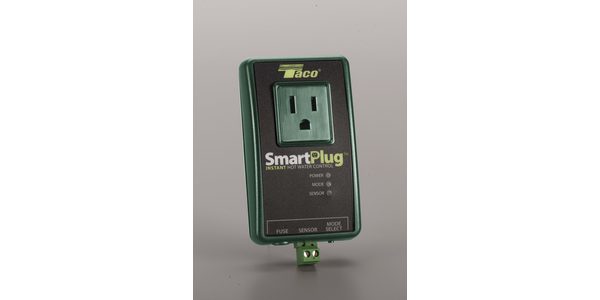Energy Star Ends Thermostat Wars with First-Ever Smart Thermostat Specification
On Dec. 23, 2016, the Environmental Protection Agency finalized its first-ever Energy Star specification for smart thermostats. The challenge in identifying household thermostats that save energy is accounting for how an individual or family ultimately sets the temperature. A recent report from Commonwealth Edison estimated that 30-35 percent of cooling energy use could be saved by consumers choosing more efficient thermostat set points. EPA’s focus with these requirements is to recognize products that save energy as they are actually used in homes. Connectivity enables this, along with a host of other features like automatic energy savings, remote access and demand response.
Energy Star recognizes that smart thermostats provide an opportunity for energy savings far beyond a simple energy consumption limit or temperature setting, and the specification supports continued product and business model innovation. The label will enhance consumer interest in energy savings HVAC services while allowing for new technologies and an evolving market to create future opportunities.
For this new product category, Energy Star recognition is awarded to a product based on both hardware and service elements; the device on the wall and the service supporting its smart functionality must meet criteria included in the Energy Star specification. For the first time, this Energy Star specification relies on analysis and aggregation of field data, rather than a laboratory test, to factor in the way the devices are used and ensure savings in-use.
The savings can add up quickly. The average consumer using an Energy Star-certified smart thermostat will save more than 8 percent of their heating and cooling energy, amounting to approximately $50 annually. If all thermostatically controlled heating and cooling in the U.S. achieved savings of this level, it would total 56 trillion Btu and offset 13 billion pounds of greenhouse gas emissions, equivalent to the emissions of 1.2 million motor vehicles each year.
To earn the Energy Star label, products must be certified by an EPA-recognized third party, based on testing in an EPA-recognized laboratory and submission of aggregated field data. In addition, manufacturers of the products must participate in verification testing programs run by recognized certification bodies and must periodically resubmit aggregated field data.
Energy Star is the simple choice for energy efficiency. For nearly 25 years, people across America have looked to EPA’s Energy Star program for guidance on how to save energy, save money and protect the environment. Behind each blue label is a product, building or home that is independently certified to use less energy and cause fewer of the emissions that contribute to climate change. Today, Energy Star is the most widely recognized symbol for energy efficiency in the world. Since 1992, Energy Star has helped families and businesses save $362 billion on utility bills, while reducing greenhouse gas emissions by 2.4 billion metric tons. Join the millions who are already making a difference at energystar.gov.




